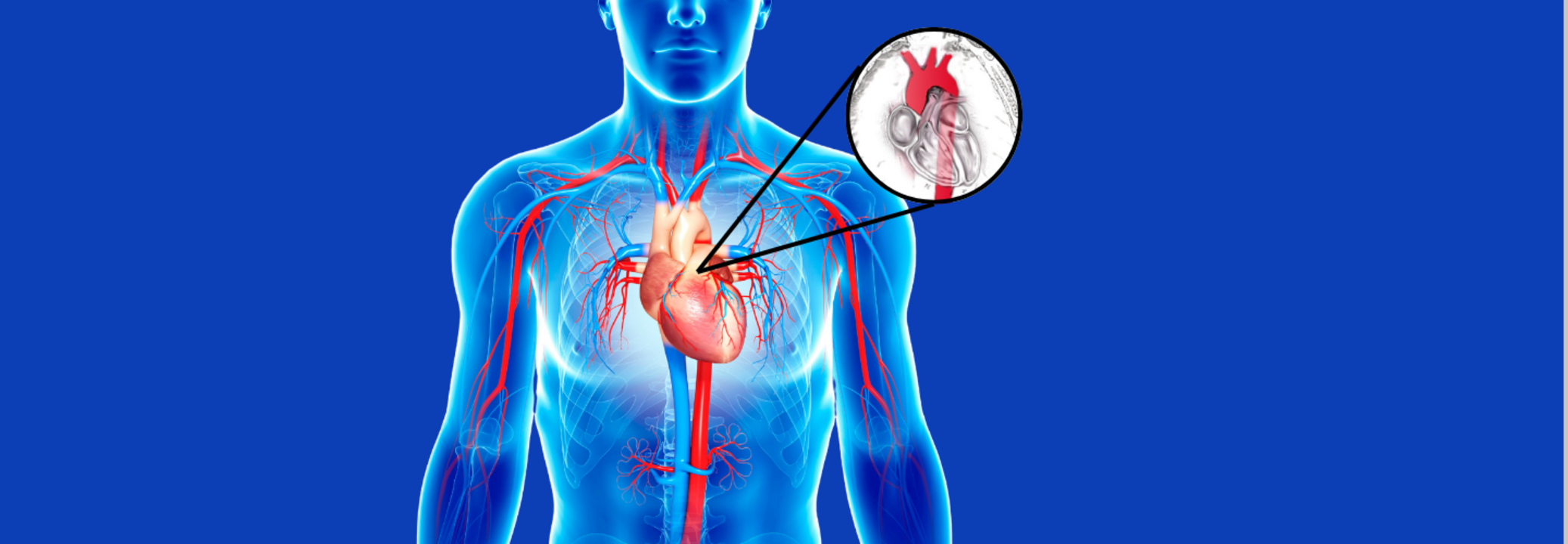You May 'Not Have A Nerve' , But Scientists Just Found You Do Have A 'Second Heart' To Pump Blood

SummaryScientists have discovered that the aorta acts as a “second heart” by using a wave-pumping mechanism to support blood circulation, especially in individuals with heart failure, easing cardiac workload.
End of Article
